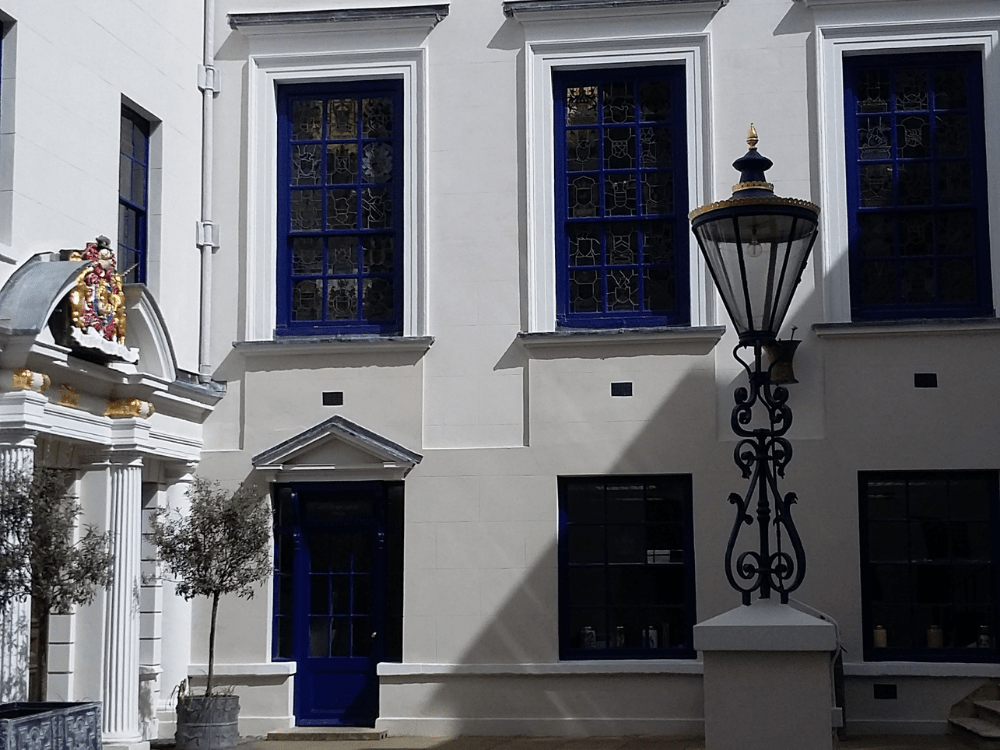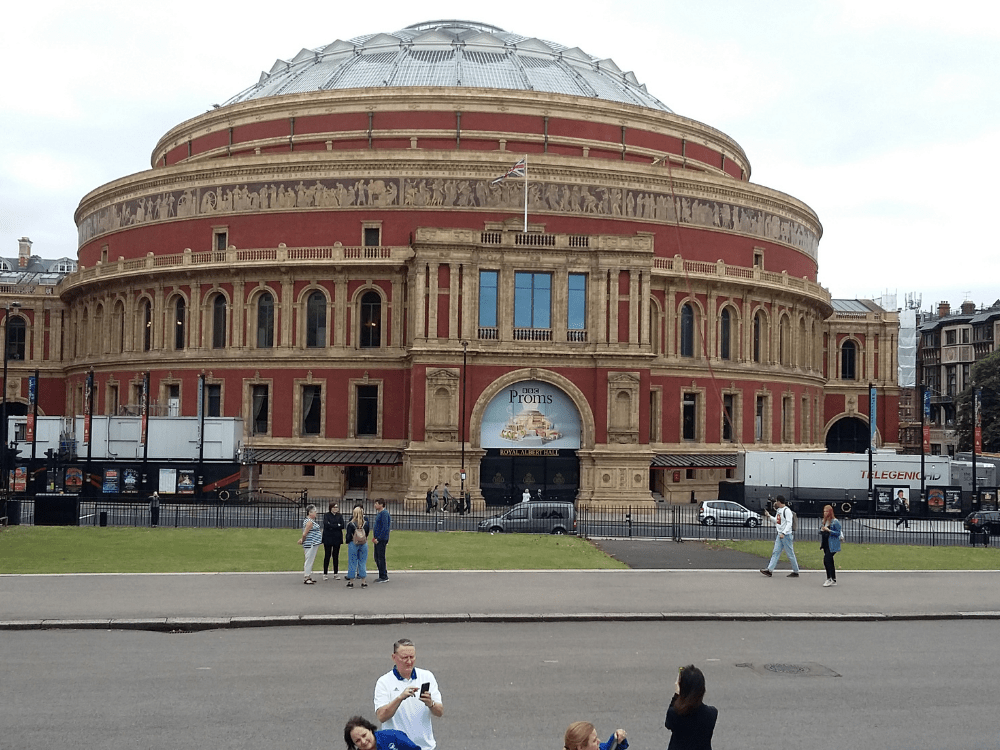CENTRAL LONDON
Southwark

Starting at London Bridge station we walk along the riverside with views of Tower Bridge the City of London on the opposite bank.
We pass Borough market. Wednesday to Saturday there is a fantastic food market there. Nearby is a replica of Sir Frances Drakes ship, the Golden Hinde.
The walk then leads past Shakespeare’s Globe theatre towards the Tate Modern art gallery.
You can include a visit of Southwark Cathedral (entrance fee payable) where Shakespeare’s brother is buried.
After the tour why not visit the Globe or the Tate Modern or perhaps cross the river to St Pauls cathedral using the Millennium Bridge.
Inns of Court & the law

Visits Middle and Inner Temple, Lincoln’s Inn and inside the Royal Courts of Justice.
This is a chance to see the Oxford and Cambridge college style areas in London. It is where the barristers who plead in the high courts are based.
You will hear how the legal system has developed and how lawyers learnt their trade in the past and today.
It’s a fascinating part of London. Behind the main thoroughfares the Dickensian looking legal district is quiet and orderly.
Why not book lunch after a morning tour in C16th Middle Temple Hall? see https://www.middletemple.org.uk/venue-hire/lunch-in-hall
NB closed weekends, Easter and August.
Smithfield & Charterhouse

A stone’s throw from St Pauls is Smithfield and Charterhouse. 900 years ago this was where horses were bought and sold.
It was an area of blood and gore, with a meat market and an execution site (the bodies were useful to the anatomy students of St Bartholomew’s Hospital).
Smithfield was also known for its monasteries. The Augustinians at St Bartholomew’s and the Carthusians at Charterhouse. The Carthusians order began in Chartreuse, Switzerland.
The tour finishes at Charterhouse visitor centre on the site of the original monastery church.
This tour can include a guided tour of the church of St Bartholomew the Great.
CENTRAL
Mayfair

This has been a fashionable residential area since it was first built during the C17th.
We will see some of the districts finest shops and arcades but there was also once a workhouse here.
Mayfair has been home to some notorious people such as royal mistresses, Russian spies, MI5 and much more.
Blackfriars

The area derives its name from a monastery which was one of the most important in London. It was the home of the Dominicans, an order who wear a black “cappa” or hooded cloak over their white habit. Hence the Blackfriars.
After it’s closure writers like Shakespeare and Ben Jonson lived in the district. We pass Apothecaries Hall, one of the City Livery Companies.
NB short walk – only 45 mins so combine it with something else for example St Pauls Cathedral or Shakespeare’s Globe.
Holborn

This walk starts at Grays Inn and visits Hatton Gardens, where nowadays diamonds are sold. It was a real garden in Elizabethan days.
The land belonged to the Bishop of Ely until he was forced by Elizabeth to lease it to one of her courtiers, Christopher Hatton.
The tour visits St Etheldreda’s church which is the oldest Catholic church in London.
Not available at weekends because most places are closed.
EAST
Wapping

A walk from St Katherine’s Dock near Tower Hill to hear the story of the development of the London docks. We see where the docks used to be and where cargo was unloaded.
Theft from the docks was rife and punishment was cruel. You will see Execution Dock where pirates were hung and their bodies left to be washed over by the tides.
Hear how the area has been transformed since the docks began to close in the 1960’s. It is a fascinating area.
We pass some of London’s oldest and most colourful pubs en route and I’ll show you where to get some of the best fish and chips in London.
Spitalfields

Spitalfields has been an area of immigration since the 1600s. First French Huguenots, then Jews from Eastern Europe and now people from Bangladesh.
Evocative Huguenot terraced housing still exists and the streets are often buzzing with film crews.
In recent years Spitalfields has become popular with tourists and Street Artists.
After the tour you might like to stay to explore the vibrant Spitalfields market.
Stepney

This is the real East End of London. We see where the Salvation Army began and the Ragged School*. The school was where poor children were given a basic education and shelter by Dr Barnardo.
There is a marvellous mix of buildings to be seen here. Stepney was one of the locations for filming the TV series, Mr Selfridge and Taboo.
A thriving City farm is on the site of a residence belonging to King John. Nearby is where Henry VIII’s right hand man, Richard Cromwell lived.
During the C19th Stepney was a hotbed of civil unrest and was frequented by Russian anarchists.
Ragged School Museum https://www.raggedschoolmuseum.org.uk/
WEST
Notting Hill

At one time was a muddy hillside off the toll road from the north-west into London.
After WWII immigrants from the Caribbean were housed here which led to racial tension. During the 1960’s the residents held a carnival which is now one of the world’s largest.
Music was everywhere. Discs by Led Zeppelin and George Michael were recorded here.
The film Notting Hill attracted people to buy and renovate property and changed the character of some streets. From working class they became ultra-chic.
Portobello Road street market has retained its bohemian atmosphere and is a magnet to tourists from all over the world.
Kensington

At one time it was a village outside London. It was favoured by the wealthy as a healthy place to live. How did the area develop?
We will see some cute squares and gorgeous alleyways.
The tour passes Kensington Palace, the London residence of Prince William and his family and the Royal Albert Hall.
Holland Park

Meet at Holland Park underground station for a visit of the park. It covers 22 hectares and is laid out with wild areas, formal parterres and there is a Japanese style garden.
During the C18th and C19th Holland House was a meeting place for London’s political and literary elite.
The Princip family lived Little Holland House, their artist friends began to move into the area 1870’s. One of them was Frederick Leighton and the tour includes a visit of Leighton House art gallery (entrance fee payable see
Photo Kyoto Gardens, Holland Park CC BY SA 2.0 by Brron
NORTH
Hampstead

Many of London lost rivers rise here and the air and water was considered healthy in the days when London was beset by the plague.
Quaint and village-like Hampstead has long been a favourite haunt of actors, artists and writers.
We visit to the graveyard of St Johns church where among others, Constable is buried.
For a longer walk to see where the artists lived and worked I also have an Artists Hampstead walk.
What would you like to do ?
BOOK A TOUR
or